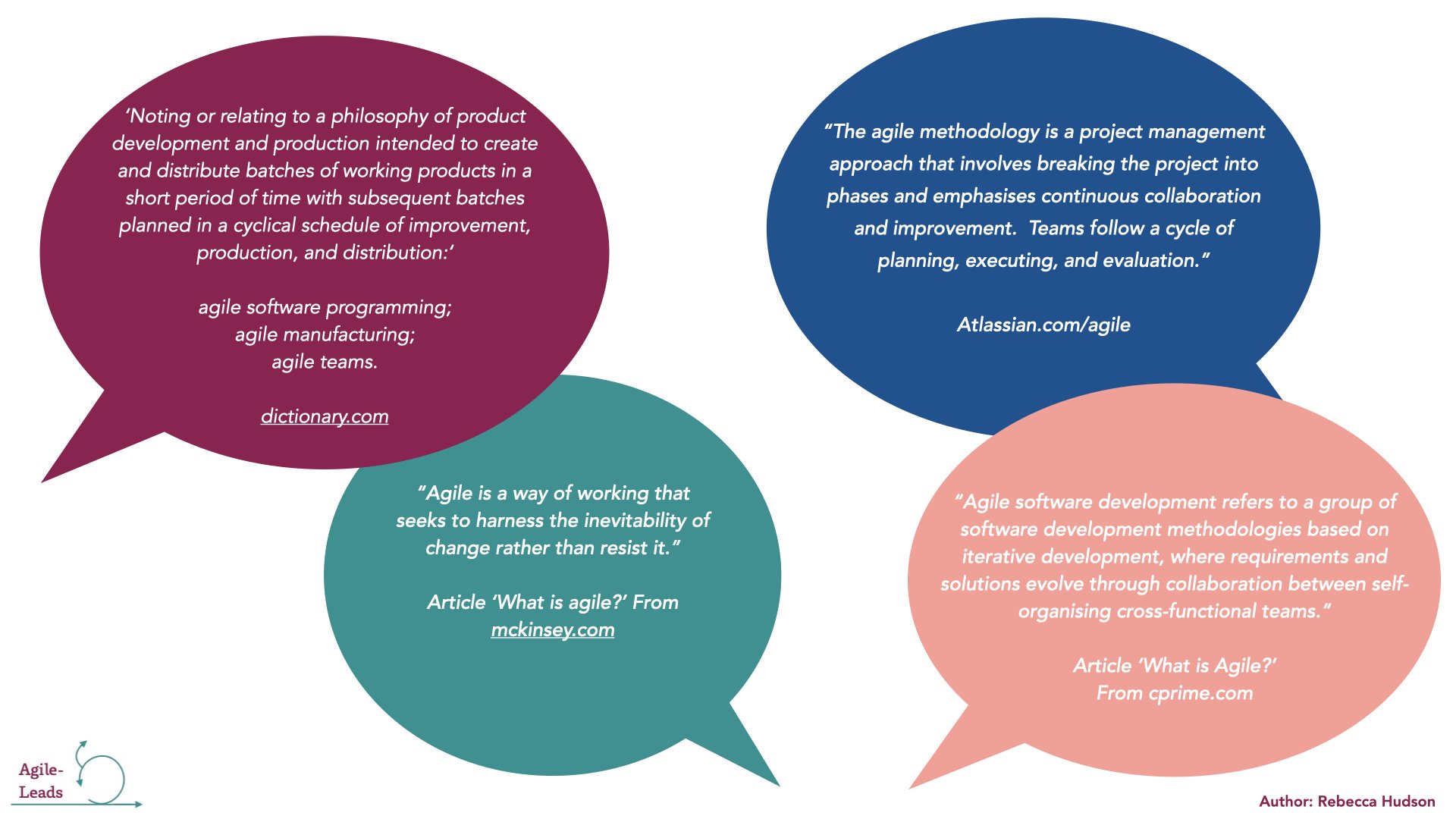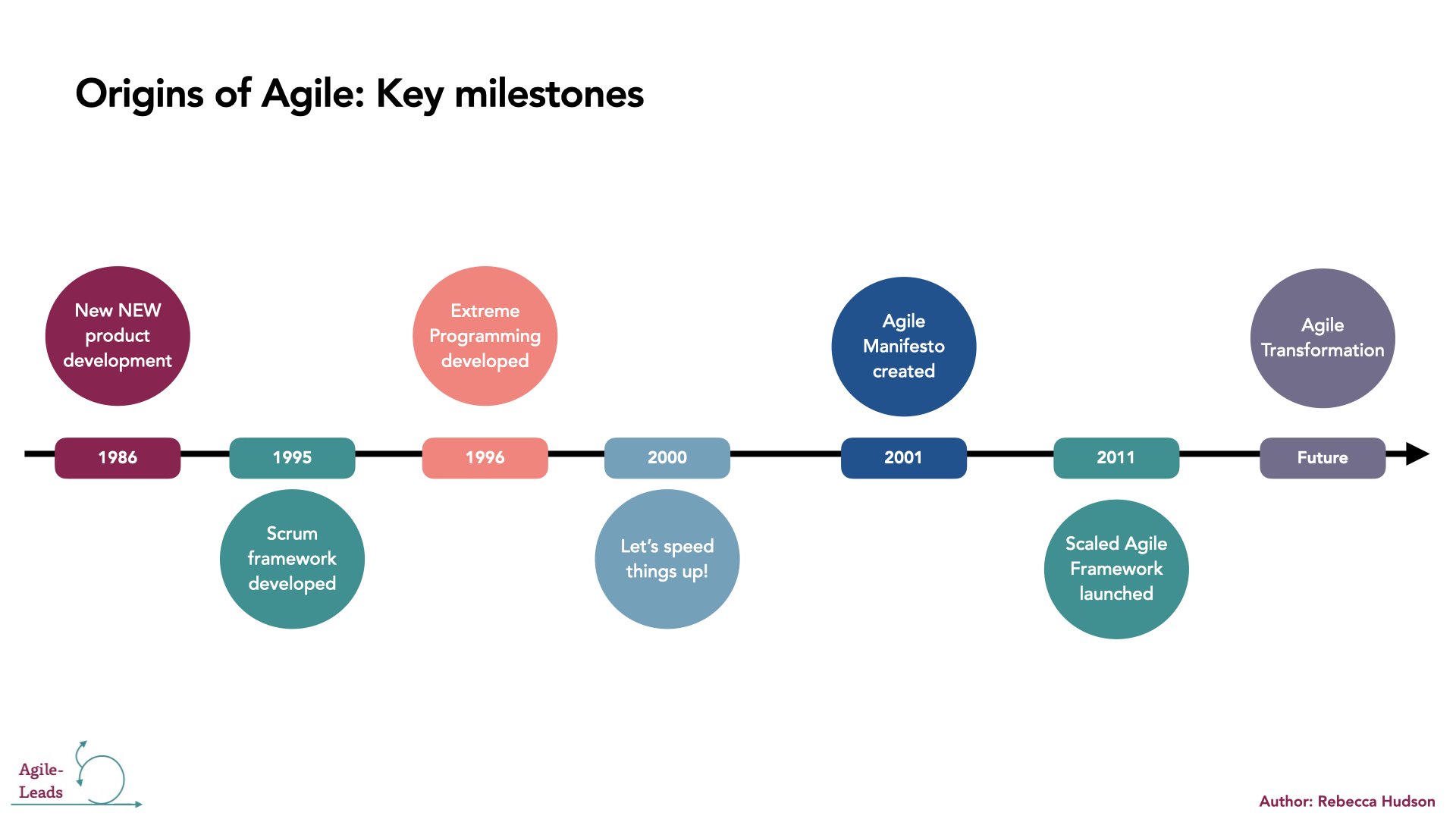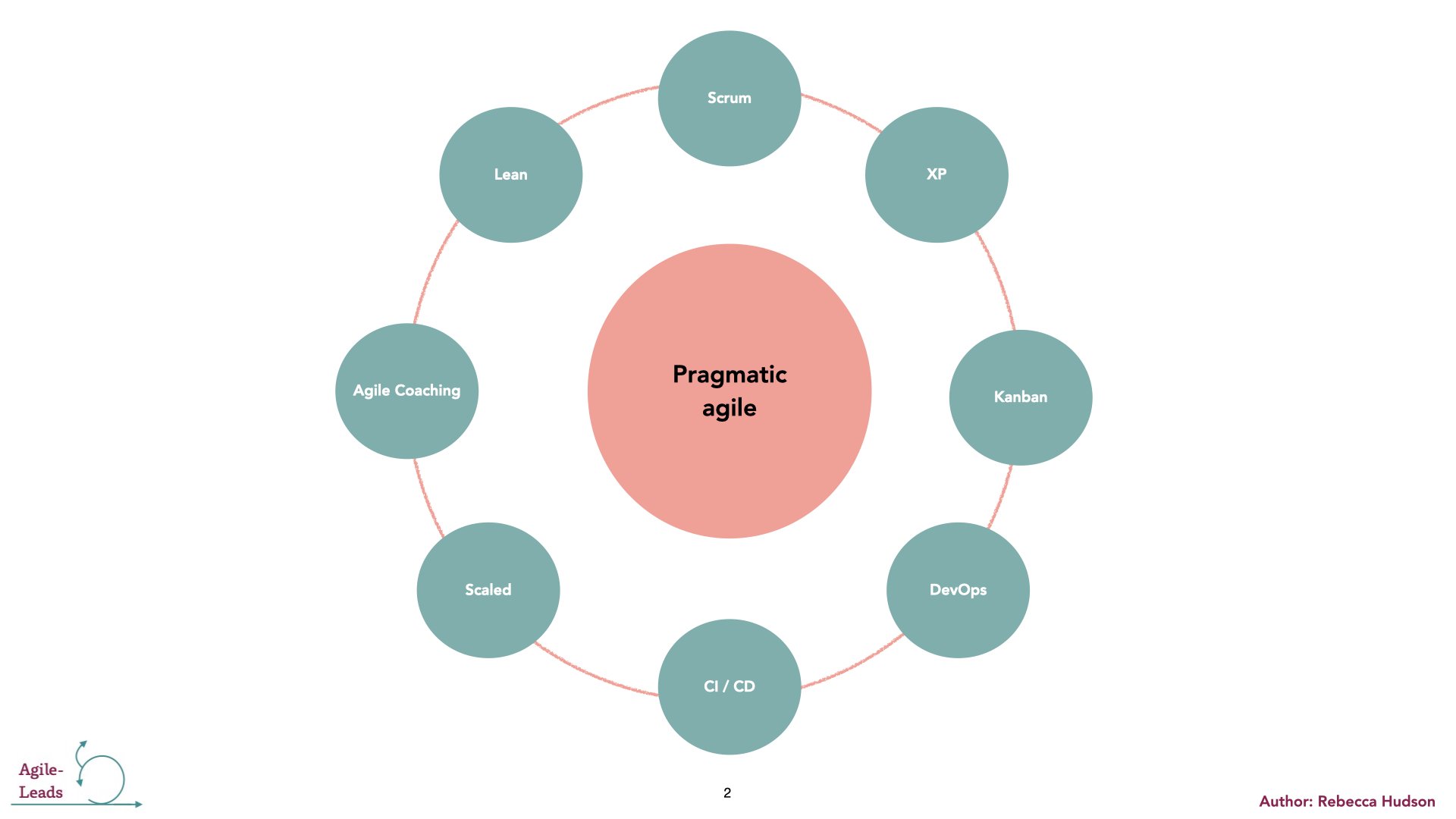Which agile framework is the right one?
There are a dizzying array of methodologies and frameworks which fall under the umbrella of Agile. Trying to dissect each framework and understand the subtle differences between them can be confusing!
For me, agile is about simplicity, and choosing what works best for the team, to ensure the approach is as practical and effective as possible. With 21 years experience I suppose that’s easy for me to say! To help those new to agile, I’ve created some infographics to try and cut through the confusion and provide some context into the world of agile.
This rough timeline provides some insight into the historical origins of Agile, and highlights just how the evolution of agile involves so much more than just the creation of the Agile Manifesto.
To understand the history and variety of frameworks its good to first look at what agile actually means.
What is agile? Agile [aj-uhh, -ahyl] - quick and well co-ordinated in movement
Here are some of the key milestones from the history of agile
New NEW product development - HBR publish an article from Japanese Professors Takeuchi & Nonaka called ‘The New New Product Development Game’. Where they compare a new holist approach to innovation to the sport of rugby.
Scrum framework developed - American’s Jeff Sutherland & Ken Schwaber present a paper ‘The SCRUM Development Process’ at a software development conference.
Extreme Programming developed - Originating at Chrysler to manage the development of a payroll software system.
Let’s speed things up! - 17 software developers (America & British) meet. To discuss how they could speed up development times in order to bring new software to market faster. This was a call to action for software developers around the world to ‘pursue radically different ways of creating software.’
Agile Manifesto created - The group meet again, name themselves the ‘Agile Alliance’ and draw up a set up key values for Agile.
Scaled Agile Framework launched - SAFe was created for scaling Lean & Agile practices across an Enterprise.
Agile Transformation - Agile has moved way beyond software development and become an enterprise wide operational model. Moving into all areas of an organisation, becoming its cultural DNA.
Here are some popular agile practices & frameworks with their specific features:
Kanban - Kanban is a Japanese term for a signal board. Developed in the Toyota Production System (TPS). Agile has adopted Kanban to reflect the throughput of a Sprint or iteration. It showcases the status of each chunk of work within a sprint and helps gauge cycle time and throughput of the team. It is often used in conjunction with Scum. Work items are represented visually on a Kanban board, allowing team members to see the state of every piece of work at any time.
Scrum - Scrum is an iterative, incremental work method. In Scrum we have frequent demos and feedback sessions with stakeholders to mitigate requirement changes. Work is broken into Sprints, or set amounts of time, in which a body of work is completed before the next Sprint. A sprint can be any length of time, although two-week and 30-day sprints are among the most common. The three guiding principles of Scrum are:
Transparency
Inspection
Adaptation
XP - Extreme Programming (XP) - This is a software development-centric Agile method, focused on implementing the best software practices. XP emphasises the same practices represented in the Agile Manifesto and reflected in Scrum. XP introduced many revolutionary concepts to software development that are now standard practices, such as Test Driven Development; Continuous Integration; Iterations; and User Stories.
Lean development - Lean software development adopts the principles and practices of TPS. TPS was developed to address issues that affect manufacturing processes, like Muri (Overuse), Mura (irregularities), and Muda (waste).
SAFe - SAFe is a set of organisational and workflow patterns for large organisation to scale lean and agile practices, from a team to a company wide level. Cisco, Lego Digital Solutions and Barclays have successfully implemented Scaled Agile Framework.
So…which framework is the right one?
Whilst leading Agile Delivery in MENA for a global technology consultancy I built a pragmatic approach to agile. Simply put, we utilised what worked best for us as an organisation, what worked for the specific nature of the products we were creating and in built flexibility to meet the needs of our clients.
We utilised various aspects of the frameworks and practices shown below. Rigidly sticking to frameworks when they aren’t working, or adopting the terminologies and job titles of agile without actually applying agile ways of working, becomes a frustratingly futile waste of resources and energy. Learn what works by adapting, testing and evolving your practices!




